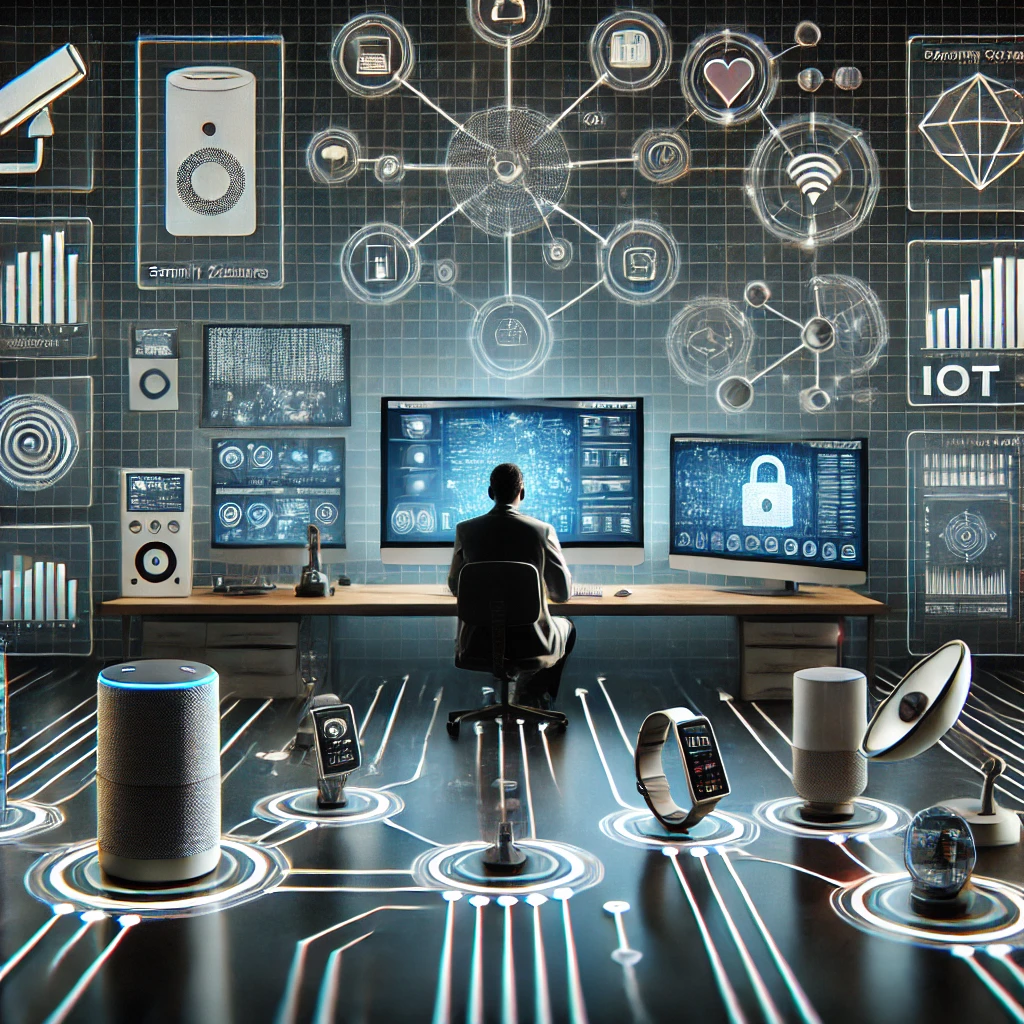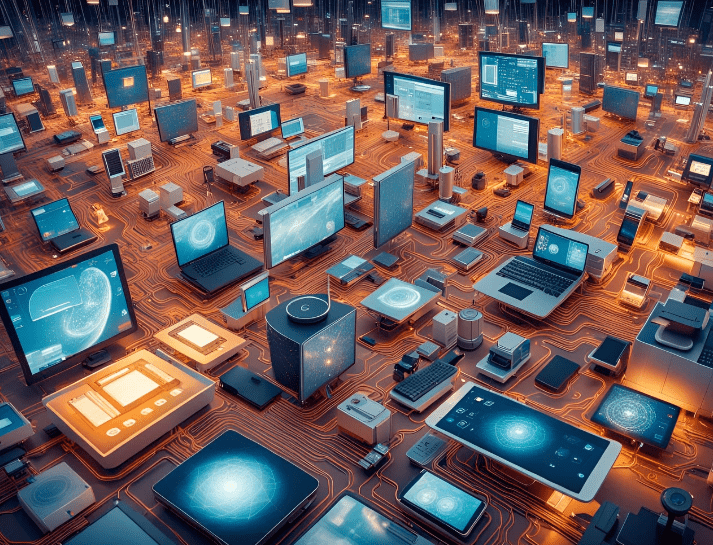As the Internet of Things (IoT) is spreading out, this opens the door to the multitude of security and forensic challenges. Whether it’s a smartwatch or a thermostat, whether security cameras or medical devices are involved, these devices offer all the convenience in the world but open up new paths for cybercrime. For digital forensics, the trend of IoT has opened a new frontier that needs a particular tool, knowledge, and techniques to properly investigate and secure the devices.
Why IoT Forensics Matters
IoT devices are intrinsically insecure because of their inherent connection and low computing powers. Most of the security methods are limited by their small computing powers. Such devices collect and transmit data, which can be an invaluable source of evidence for both cyber investigations and court proceedings. However, these sources of evidence also present their complexity in terms of the diversity of architectures, protocols, and limited storage in forensic analysis.
With IoT forensics, investigators may download data from these devices to gather evidence related to criminal activities such as cyber intrusions and surveillance through:
- Cyber intrusions: The IoT devices are usually the entry points for hackers trying to access a network.
- Surveillance: Data in the form of images taken by cameras, voice assistant, or wearables provides information on an individual’s movement or actions.
- Health data: Medical IoT devices (such as fitness trackers) can provide vital health information for cases related to accidents or health conditions.

Key Challenges in IoT Forensics
The peculiar nature of IoT devices makes it challenging for forensic investigators, such as:
- Diverse Device Ecosystem: The OS, hardware, and communication protocols for IoT devices vary from low power sensors to the most complex systems. These require investigators to deal with different data sources and different storage formats.
- Limited Data Storage and Logging: Many of the IoT devices have small storage capacity, which usually means there is minimal retention of data. Log files often get overwritten, and an event history cannot be fully captured.
- Data Collection and Extraction: Generally, data from IoT devices is not accessible easily. Investigators would need to extract data from non-standard file systems, encrypted storage, or cloud environments which may require custom-built extraction tools.
- Cloud Integration: Many IoT devices have their data stored on cloud servers. Forensic investigators will thus have to address both device data and that of cloud environments. This would bring complexity due to varying cross-jurisdictional data privacy laws.
- Resource Constraints: Due to power and processing capacity limitations, IoT devices do not easily support traditional techniques like live analysis.
IoT Forensic Process and Techniques
IoT forensics borrow traditional techniques but take account of different device features and formats. It often goes this way:
- Identification and Preservation Investigation: There is an investigation process of the investigators as they spot relevant devices and are sure to preserve it so that the devices would not touch the data; at times, IoT devices need to stay connected since their storage cannot be accessed otherwise, and their internal capacity may also be too minute.
- Acquisition: This step entails collecting data from the device itself, associated apps, and any relevant cloud services. IoT forensics may include physically extracting the memory chip or accessing data through an API.
- Analysis: Once data has been acquired, investigators analyze that data in order to construct events or identify potential breaches or even unauthorized access. IoT forensics commonly involves software specific to reading device logs, protocols, or even app data.
- Reporting: The results are compiled into a forensic report that details the findings, methodology, and evidence gathered. The report may be used in court or as a basis for strengthening an organization’s IoT security policies.
IoT Forensics Tools
There is a need to develop specific IoT forensics tools to handle the vast diversity of devices and types of data. A few of the tools that are gaining popularity are listed below:
- Autopsy: A digital forensics platform supporting IoT data analysis through plugins.
- Wireshark: Useful for network traffic analysis, especially in cases where IoT devices communicate over local networks.
- X-Ways Forensics: Known for robust data recovery and analysis capabilities, compatible with various formats of IoT devices.
- CAINE: Linux-based distribution offering numerous forensic tools, ideal for extracting and analyzing IoT data.
To know more about forensic tools and techniques, click here
The Future of IoT Forensics
Still at a very infant stage is IoT forensics; yet with the fast deployment of IoT devices, urgency needs to be applied regarding the acquisition of expertise as well as improved tools for enhanced results. Machine learning and artificial intelligence are promising newer emerging technologies for the automatic processing of data analysis in cases and even enhancement of the accuracy for investigations into IoT forensic examinations. Additionally, industry standards and regulations regarding the management of data storage will be the gateway to simplifying this forensic process.
Conclusion
IoT devices pose an emerging challenge to the digital forensic professional. While they are a source of highly important evidence, their diversity and complexity require innovative forensic techniques. As the IoT landscape grows, so will the need for specialized tools, training, and methodologies in IoT forensics. Therefore, embracing this new frontier is essential to address the security threats of today and ensuring that IoT technology can be trusted in the future.







